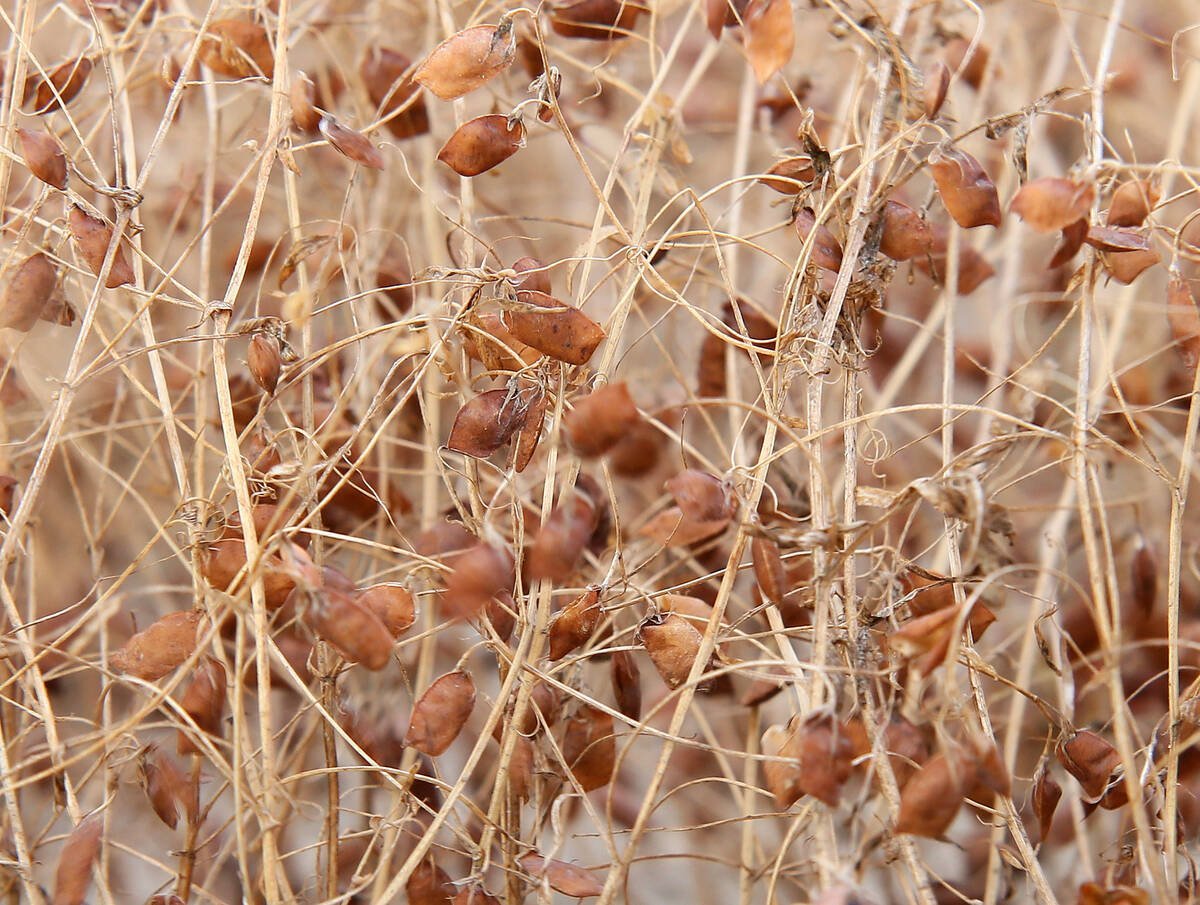MONTREAL – Food companies are paying more attention to where their raw ingredients come from in hopes of selling consumers on the environmental attributes of their products, say industry analysts.
“This is not a save-the-world kind of thing. This is a flat-out business opportunity,” said Bob Willard, author of two books about sustainability.
Companies and their institutional investors recognize they can make money by shifting to more sustainable operations, not only energy savings but through increased sales of their products.
“Frankly, food is at the eye of the storm,” Willard told delegates at the Canadian Special Crops Association’s annual meeting in Montreal.
Read Also

Europe holds promise for Canadian lentils
Pulse Canada is trying to help boost lentil consumption in Europe, which is already the fourth largest market.
“You’ve got a great opportunity here.”
Gord Kurbis, Pulse Canada’s director of environment, said his organization recognizes the opportunity and has devoted resources to identifying the industry’s environmental strengths and learning how to communicate them.
“We want to find a way to get people excited about pulse crops,” Kurbis said.
The Grocery Manufacturers Association, which represents the $2.1 trillion food, beverage and packaged goods industry, created a working group earlier this year to reduce the food industry’s environmental footprint.
It includes grower groups, processors, food companies and conservation groups and includes all industry heavyweights such as Monsanto, McDonald’s, General Mills and Wal-Mart.
Kurbis said most of the companies have started this public relations work, promoting issues such as how their packaging has become more environmentally friendly.
“The next stage is going to be, what is the environmental footprint of the raw ingredients that went into the branded products?”
The pulse industry believes it has a good story to tell about that, primarily because beans, peas, lentils and chickpeas are among the small group of crops that draw their own nitrogen directly from the atmosphere.
Nitrogen fertilizer is made from natural gas, so more pulse production means less carbon dioxide emitted into the atmosphere. Research also shows pulses reduce nitrous oxide emissions, have little to no effect on methane and may increase the planet’s ability to capture carbon dioxide from the air.
Pulses make a bigger contribution than most crops to soil fertility and help break disease cycles, limiting the need for crop inputs. And because of their nitrogen-fixing ability, they can prevent nitrogen from seeping into ground or surface water.
With double to triple the protein levels of other crops, pulses are also one of the few vegetable-based substitutes for meat, which is produced by a global livestock sector that, according to a United Nations report, contributes more greenhouse gas emissions than automobiles.
Kurbis is quick to point out the Canadian livestock industry is much cleaner than its counterparts in developing nations.
The future challenge is to refine the research and condense the findings into an easily understandable message that resonates with food companies, processors, nutritionists and conservation groups.
Kurbis said the fact that pulses are recognized for their nitrogen-fixing attributes under the emerging carbon emissions trading system seems to have piqued the interest of many groups.















